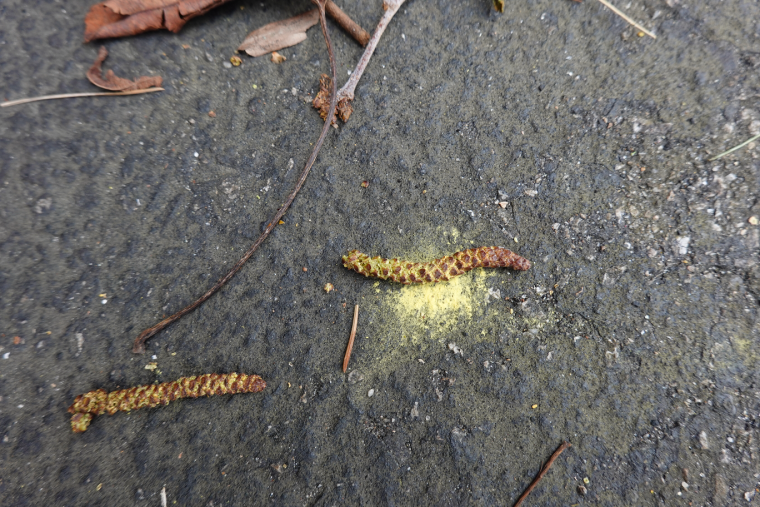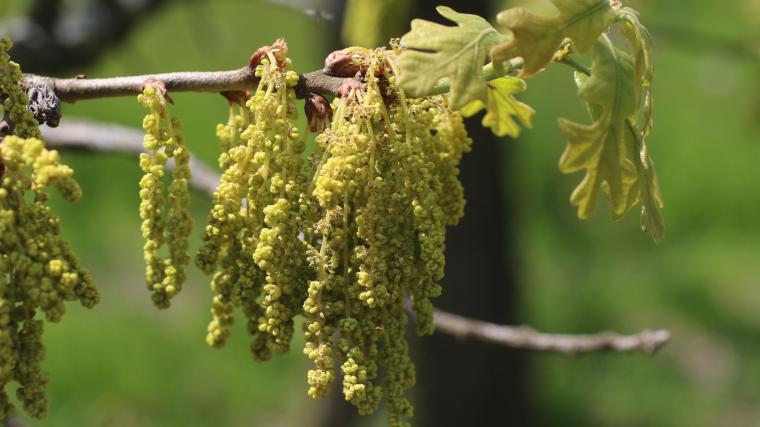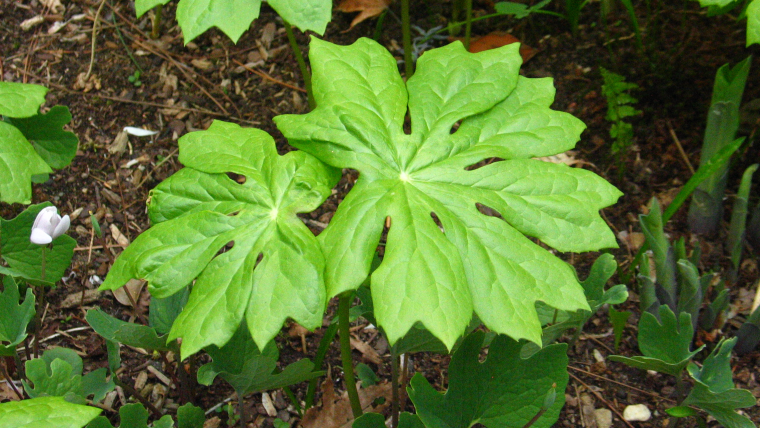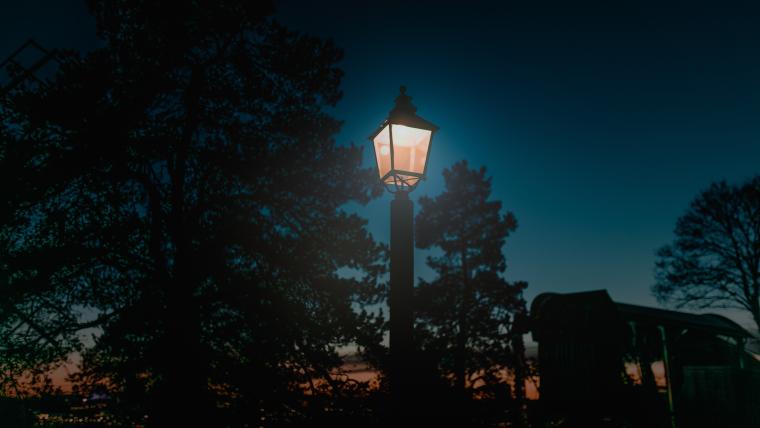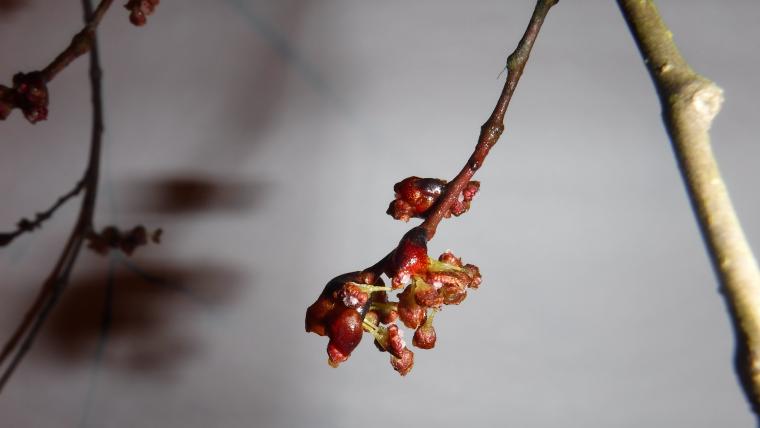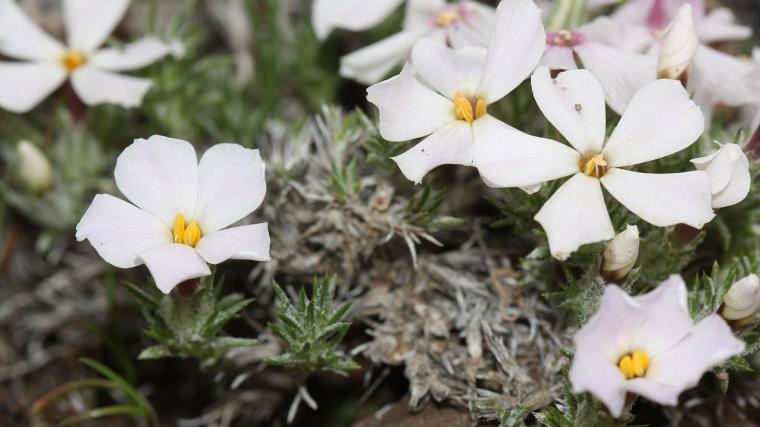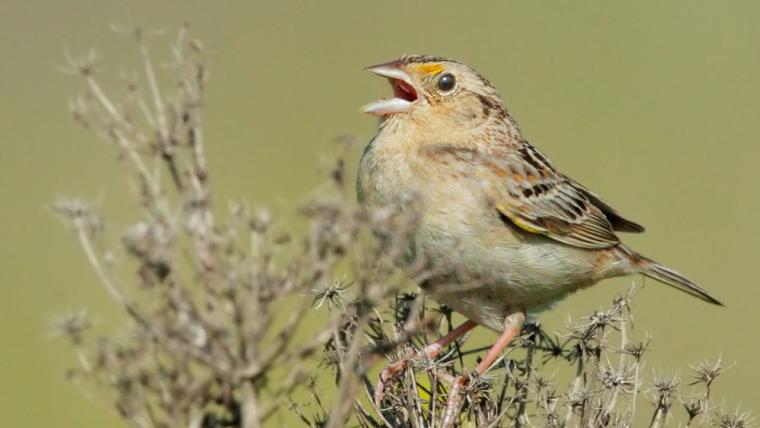
Precise, local predictions of grassland bird nest timing
Thu, Nov 30, 2023
Grasslands are among the most disturbed ecosystems globally. In the areas that remain, managers must balance practices such as mowing and burning that maintain natural systems while avoiding nesting periods for grassland birds. The authors of this study used information about nest survival from scientific literature as well as climate information and the USA-NPN’s Spring Bloom Index to develop models to predict the expected nest departure timing for 36 grassland bird species. This information can provide more localized information about nesting timing to better time management actions to avoid this critical period.

